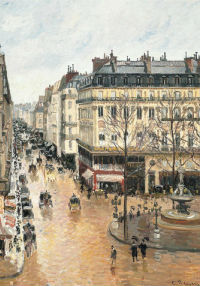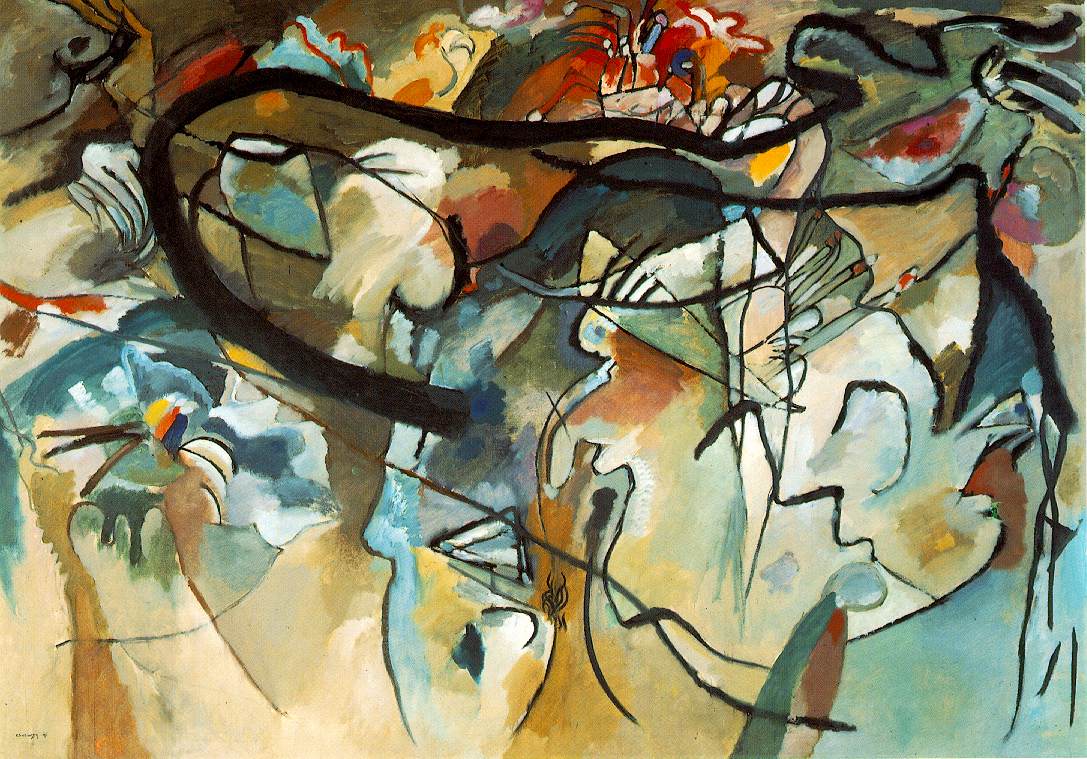www.polomuseale.firenze.it
10 ottobre 2013 - 6 gennaio 2014
Nel 2008 il Museo Storico di Budapest ha organizzato a Budapest una grande mostra per il 550simo anniversario dell' inizio del regno di Mattia Corvino in Ungheria, che ha aperto, insieme ad altre esposizioni in diverse sedi museali di quella città, nuove e stimolanti prospettive di conoscenza sui rapporti intercorsi tra l'Ungheria e l'Italia già a partire dal Trecento e sulla diffusione dell'Umanesimo in terra ungherese.
È nata così l'idea di realizzare a Firenze nel 2013, in cui si celebra l'anno ungherese in Italia, una mostra che sviluppasse il tema del rapporto privilegiato che re Mattia Corvino ebbe con Firenze, con i suoi artisti, i suoi miniatori e tutta la cerchia culturale che gravitava intorno a Lorenzo de' Medici. L'idea è diventata un progetto elaborato congiuntamente da studiosi ungheresi e fiorentini, quali Péter Farbaky, storico dell'arte e vicedirettore del Museo Storico di Budapest, Dániel Pócs, storico dell'arte dell' Istituto di Storia dell'Arte dell'Accademia della Scienza, Eniko Spekner storico e András Végh archeologo, entrambi del Museo Storico di Budapest e di Magnolia Scudieri e Lia Brunori, rispettivamente direttore e vicedirettore del Museo di San Marco, prescelto come sede della mostra.
La scelta di San Marco non è casuale, dato il ruolo ricoperto nello sviluppo della cultura umanistica dalla Biblioteca domenicana, nel cui ambiente monumentale la mostra sarà allestita. Costruita per volere di Cosimo de' Medici nel 1444 e arricchita della straordinaria raccolta di testi appartenuti all'umanista Niccolò Niccoli, fu la prima biblioteca "pubblica" del Rinascimento, dove, in epoca laurenziana, si incontravano personaggi come Marsilio Ficino, Pico della Mirandola e altri.
L'obiettivo della mostra consiste nel tentativo di ricostruire alcuni contatti determinanti per le scelte culturali e artistiche condotte dalla corte ungherese. Di conseguenza, verranno tratteggiate le tendenze del gusto del re, mettendole in rapporto con lo scenario fiorentino a lui contemporaneo, e individuate le possibili influenze esercitate da Lorenzo il Magnifico e dalla cerchia di intellettuali e artisti che gravitava intorno a lui, confrontando alcune realtà parallele. A tal fine una speciale attenzione sarà dedicata alle biblioteche di Mattia Corvino e di Lorenzo de' Medici, e quindi un particolare spazio verrà dato all'esposizione di preziosi codici miniati commissionati da Mattia Corvino per la sua biblioteca, oggi dispersa. Alcuni di questi manoscritti, rimasti a Firenze incompiuti alla morte di Mattia, furono in seguito acquisiti dai Medici.
 30.10.2013 – 19.01.2014
30.10.2013 – 19.01.2014


























